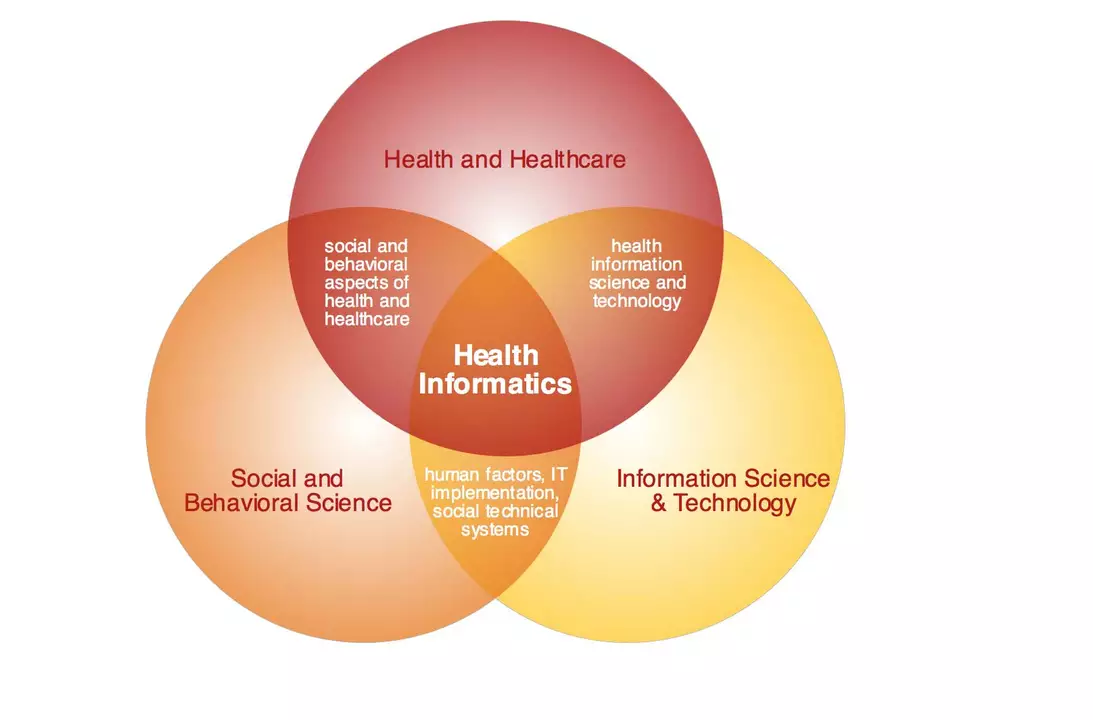Side Effects: How to Spot, Manage, and Report Medication Reactions
Ever taken a pill and wondered if that new headache or upset stomach is normal? Side effects are common, but knowing which ones are harmless and which need help makes all the difference. This guide gives you clear steps to recognize reactions, act fast, and avoid future problems.
Common side effects and what they look like
Many drugs cause mild, short-term symptoms like nausea, mild dizziness, headache, tiredness, or constipation. These often ease as your body adjusts. Noticeable weight changes, sleep or mood shifts, and sexual side effects can show up over weeks. Serious signs include trouble breathing, swelling of face or throat, chest pain, fainting, high fever, severe rash, yellowing of skin or eyes, or new suicidal thoughts. If you see any of those, get urgent medical help.
Timing matters. Immediate reactions (within minutes to hours) often point to allergies. Reactions that start days to weeks later may be dose-related or due to interactions with other drugs or supplements. Keep track of when symptoms started and what else you took that day—this helps your clinician figure out the cause faster.
What to do: quick actions and prevention
If symptoms are mild, pause and check the patient leaflet or the pharmacy label for common side effects and recommended steps. Call your pharmacist for quick questions — they can tell you if the symptom is expected and offer simple fixes like taking medicine with food or changing the time of day you take it.
For more than mild symptoms, contact your doctor. Bring a list of all medicines, including over-the-counter drugs, vitamins, and herbal supplements. Some interactions surprise people — for example, grapefruit juice and St. John's wort change how certain drugs work. The elderly and pregnant people need extra care because side effects can be more severe or affect the baby.
Simple prevention steps: start at the lowest effective dose when possible, read labels, avoid alcohol with medications that cause drowsiness, and use a single trusted pharmacy so they can spot dangerous combinations. Keep a symptom diary for a week or two — note what you took, when, and how you felt.
When a medication causes a bad reaction, don’t stop suddenly without advice. Some drugs need tapering. If your prescriber changes your treatment, ask about common side effects of the new option and how long they usually last.
Finally, report serious or unexpected reactions. Your doctor can file a report with local health authorities, but you can also submit reports directly to your country's drug safety agency. Reporting helps others by alerting regulators and manufacturers to issues that might need action.
Got a specific reaction you want to check? Use your pharmacist as a first stop, and keep records so you and your healthcare team can make safe choices going forward.
Frequently Asked Questions About Fenticonazole - Uses, Side Effects & Safety
Oct 20 2025 / MedicationsA comprehensive FAQ that explains what fenticonazole is, how it works, proper use, side effects, safety in pregnancy, and what to do if treatment fails.
VIEW MORE
Cordarone (Amiodarone) Guide: Uses, Dosage, Side Effects & Safety Tips
Sep 20 2025 / MedicationsA clear, up‑to‑date guide on Cordarone (amiodarone) covering what it treats, how to take it safely, common side‑effects and key monitoring tips for patients.
VIEW MORE
Levaquin: Uses, Side Effects, Warnings, and Tips for Safe Use
Jun 11 2025 / HealthLevaquin (levofloxacin) is a potent antibiotic from the fluoroquinolone class, often used to treat tough bacterial infections. The article dives into what makes Levaquin unique, how it stacks up against other antibiotics, the risks you can't ignore, and smart ways to lower your chances of side effects. Expect insight on real experiences, vital stats, and down-to-earth advice for anyone prescribed this medication.
VIEW MORE
The Potential Dangers of Prednisolone Abuse
May 6 2023 / Health and WellnessAs a blogger, I cannot stress enough the potential dangers of prednisolone abuse. This strong corticosteroid can lead to harmful side effects such as hypertension, diabetes, and osteoporosis if misused. Furthermore, prednisolone abuse might weaken the immune system, making us more susceptible to infections. It is crucial to follow a doctor's prescription and never self-medicate with this powerful drug. Let's work together to raise awareness and prevent the devastating consequences of prednisolone abuse.
VIEW MORE